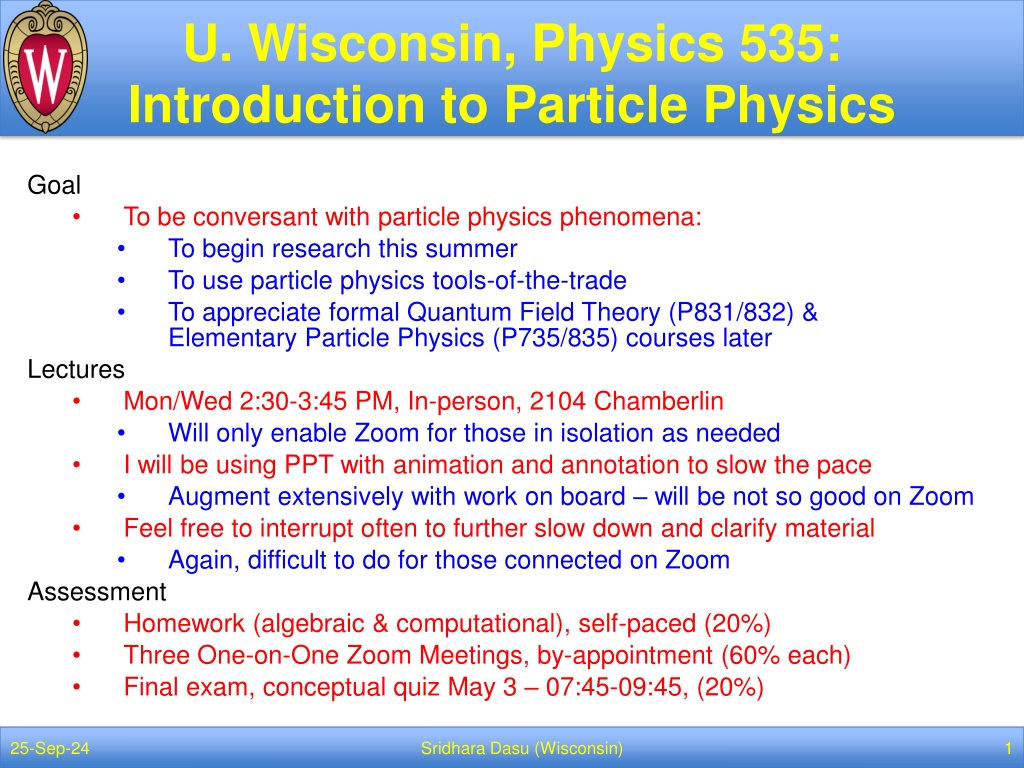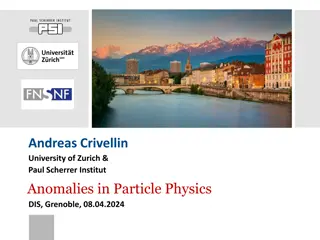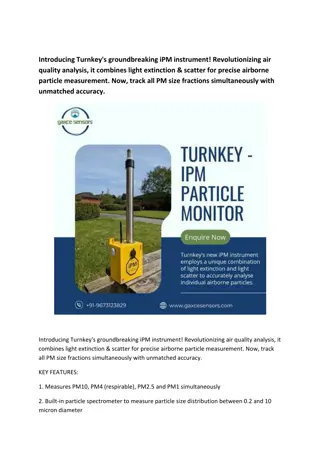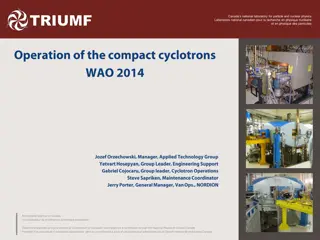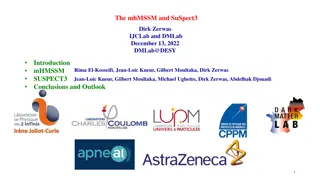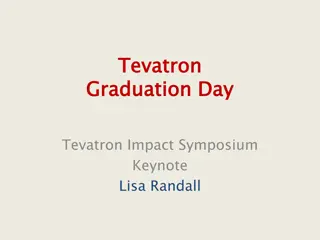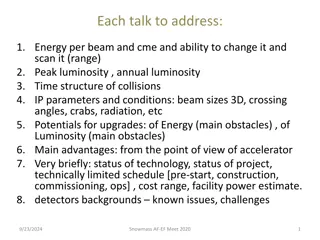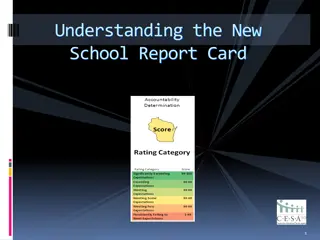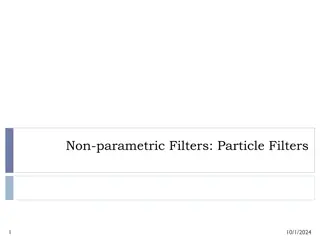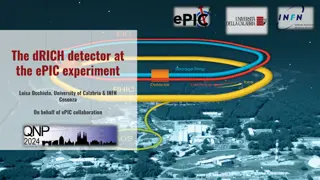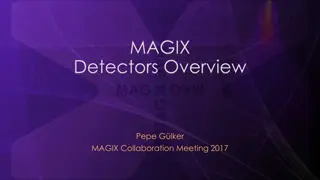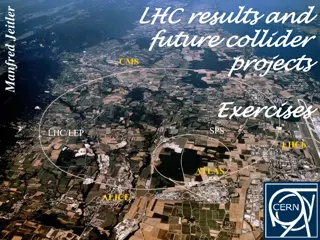Introduction to Particle Physics at U. Wisconsin: Physics 535
Dive into the captivating world of particle physics with Physics 535 at University of Wisconsin. Explore phenomena, delve into Quantum Field Theory and Elementary Particle Physics, and prepare for research work. Engage in in-person lectures supplemented by Zoom for those in isolation. Utilize textbooks by Peskin and Thomson, alongside computing resources for analysis. Delve into relativistic collisions and discover the intricacies of particle physics over the past decades with Prof. Sridhara Dasu.
Download Presentation

Please find below an Image/Link to download the presentation.
The content on the website is provided AS IS for your information and personal use only. It may not be sold, licensed, or shared on other websites without obtaining consent from the author. Download presentation by click this link. If you encounter any issues during the download, it is possible that the publisher has removed the file from their server.
E N D
Presentation Transcript
U. Wisconsin, Physics 535: Introduction to Particle Physics Goal To be conversant with particle physics phenomena: To begin research this summer To use particle physics tools-of-the-trade To appreciate formal Quantum Field Theory (P831/832) & Elementary Particle Physics (P735/835) courses later Lectures Mon/Wed 2:30-3:45 PM, In-person, 2104 Chamberlin Will only enable Zoom for those in isolation as needed I will be using PPT with animation and annotation to slow the pace Augment extensively with work on board will be not so good on Zoom Feel free to interrupt often to further slow down and clarify material Again, difficult to do for those connected on Zoom Assessment Homework (algebraic & computational), self-paced (20%) Three One-on-One Zoom Meetings, by-appointment (60% each) Final exam, conceptual quiz May 3 07:45-09:45, (20%) 25-Sep-24 Sridhara Dasu (Wisconsin) 1
Course Materials Textbook Concepts of Elementary Particle Physics, Michael Peskin, Oxford University Press, ISBN 9780198812197 Supplementary material Modern Particle Physics, Mark Thomson, Cambridge University Press, ISBN 9781107034266 http://pdg.lbl.gov Computing resources Generic python-based analysis tools: numpy, pandas, jupyter Particle physics code: Madgraph aMC@NLO, Pythia, Delphes JupyterHub Notebook Servers of the department to conveniently access the pre-configured software repositories (in preparation) Class github repository for instructions and exercises (in preparation): Presently you can browse documentation links above. https://github.com/SridharaDasu/Physics535.git 25-Sep-24 Sridhara Dasu (Wisconsin) 2
Other Information Web presence: http://canvas.wisc.edu/ Syllabus subject to modification Help shape it Lectures The textbook is new to me too I will use materials from my old lecture slides and any new stuff coming from my readings Old lecture slides are on P535 Canvas site Office Hours (Prefer virtual only through Feb 15) By appointment: https://calendly.com/dasu/30min Besides the three mandatory one-on-one meetings 25-Sep-24 Sridhara Dasu (Wisconsin) 3
Cartoon of Relativistic Collisions Quantum Mechanics that you learn in P447/448 nor P531 can explain these collisions. Particle collisions at very high energies produce many particles, some much more massive than initial particles (unlike in this cartoon, collisions obey specific quantum rules) Physics of elementary and composite particles discovered and studied in great detail over the past 50 years will be summarized in this course. 25-Sep-24 Sridhara Dasu (Wisconsin) 4
The Periodic Table of Relativistic Quantum World Elementary (point-size) Particles & Fields: Matter constituents Quarks up, down, charm, strange, top, bottom Leptons Electron, muon, tau, corresponding neutrinos Force carriers Electromagnetism: Photon Weak interactions: W /Z Strong interactions: Gluons Higgs field grand idea! Omnipresent non-zero field strength everywhere!! Explains how elementary particles become massive 1300 170000 91000 ~5 4500 0 100 ? 0 106 0.5 1776 80000 ~10 5 MeV Wildly varying masses for matter particles Very troublesome: masses for force carriers 25-Sep-24 Sridhara Dasu (Wisconsin) 5
Completion of The Standard Model (fermions) Particles Matter Interactions by vector bosons exchange of Higgs boson is the edifice on which castle called the Standard Model is built 25-Sep-24 Sridhara Dasu (Wisconsin) 6
Particle Interactions Quarks bound in hadrons via strong interactions Baryons (spin-1/2) 3-quark states Protons, neutrons Mesons (scalars, vectors ) quark-antiquark states pions, kaons Atoms bound together via electromagnetic interactions Weak force responsible for radioactive decay BUT, weak force is only active at short distances W and Z should be massive and decay quickly Electro-weak interactions have unified description at high energies 1 Proton Pion 10-2 10-7 Relative force strength In this course, we will focus on high energy phenomena almost exclusively. 25-Sep-24 Sridhara Dasu (Wisconsin) 7
Particle Interactions TeV-scale MeV-scale GeV-scale 25-Sep-24 Sridhara Dasu (Wisconsin) 8
